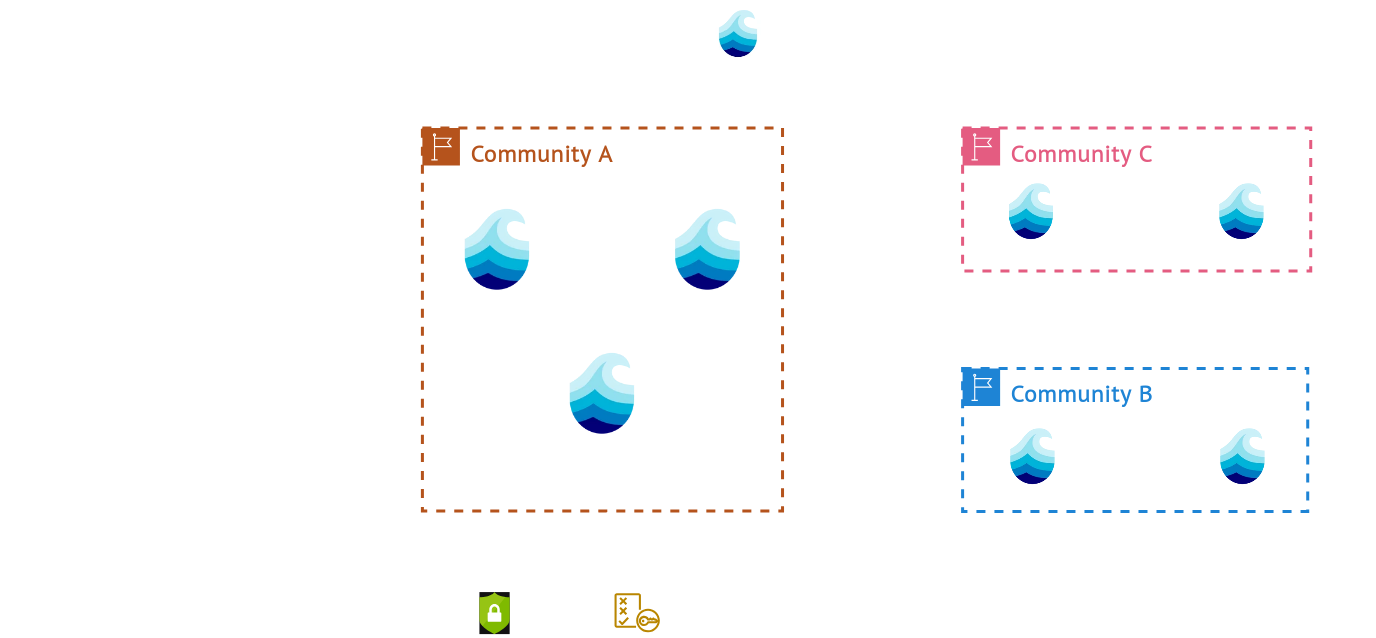Aruna v3

More Info
These changes deliver significant operational and strategic advantages for research institutions and scientific communities. The federated architecture eliminates dependency on developer-maintained central infrastructure, enabling autonomous network operation and theoretically unlimited horizontal scaling as new nodes join the federation. Participants maintain complete sovereign control over their data and infrastructure while benefiting from network-wide collaboration capabilities. The simplified single-service deployment model reduces operational complexity compared to v2's multiple interconnected components, lowering technical barriers for institutional adoption. Additionally, the Realm-based compartmentalization allows scientific domains to establish independent governance structures within the broader network, fostering discipline-specific collaboration while maintaining interoperability across the entire Aruna ecosystem.